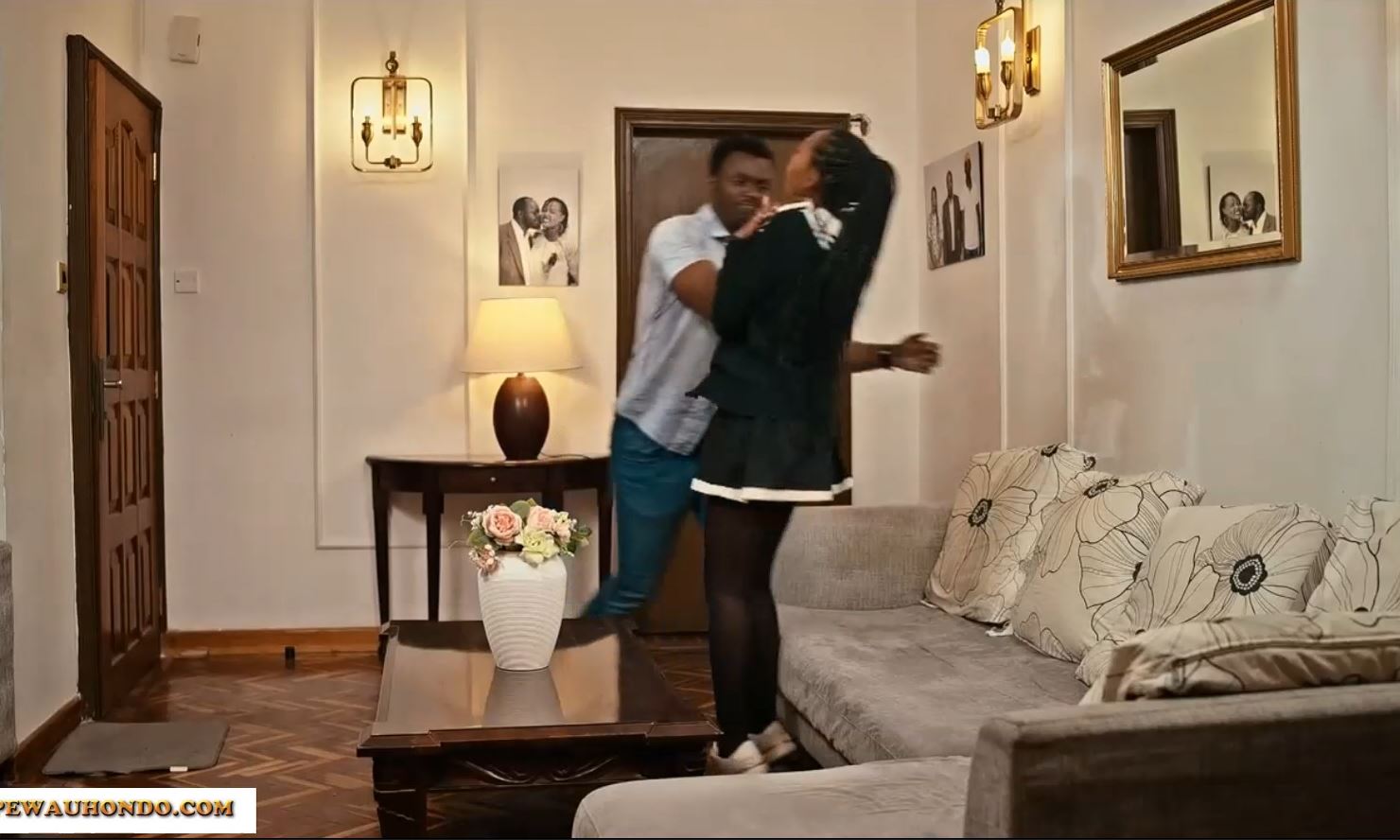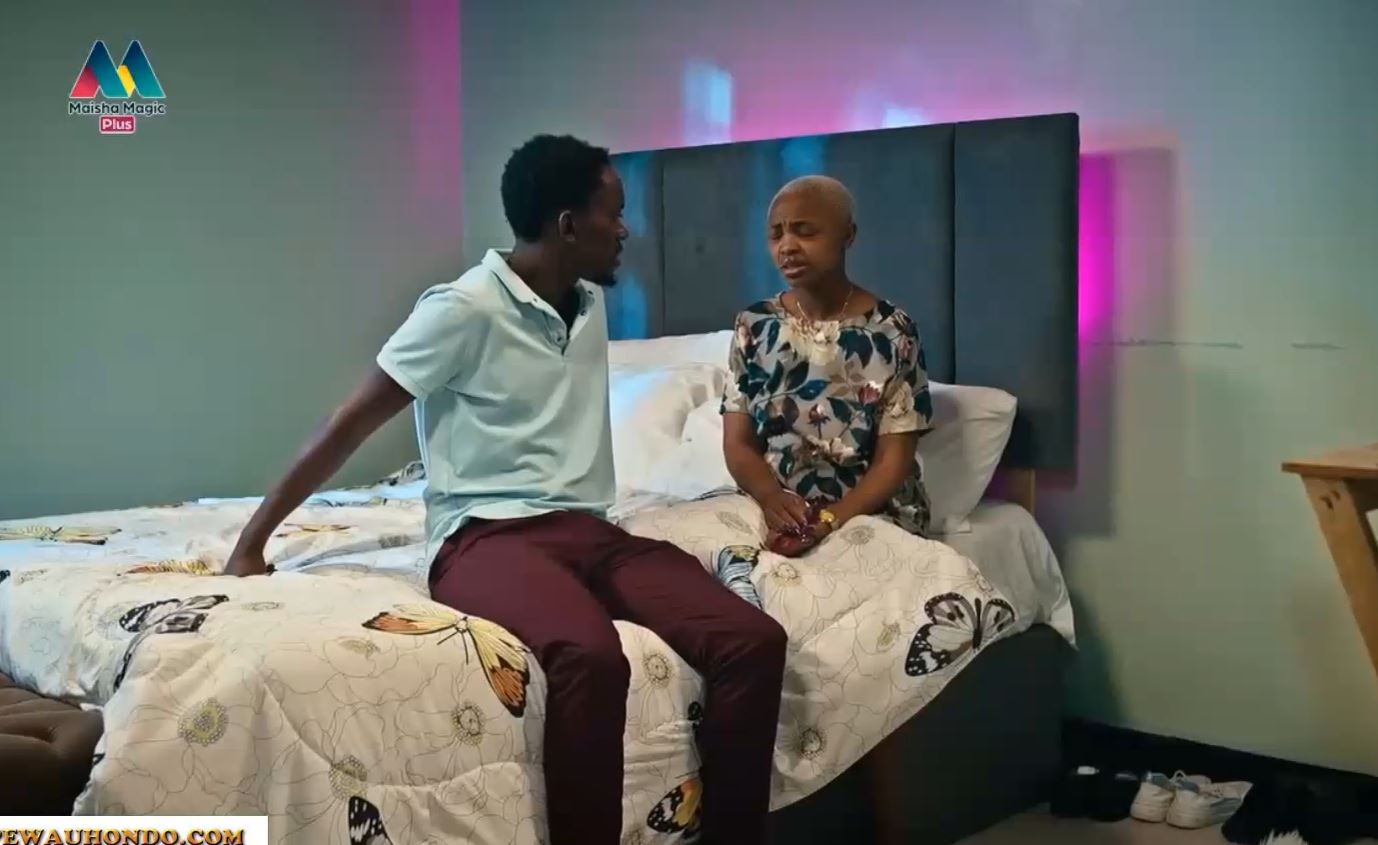Why the Canon PowerShot G7 X Mark III is a Great Choice for Vloggers and Content Creators
The Canon PowerShot G7 X Mark III is a compact, high-performance camera designed with vloggers and content creators in mind, offering a blend of portability, advanced video capabilities, and user-friendly features. Since its release in 2019, it has gained a cult following among Kenyan influencers and creators, fueled by viral social media trends highlighting its ability to produce professional-quality content. This article explores why the G7 X Mark III is a top choice, its key selling points, competitors, target audience, and drawbacks, with pricing in Kenyan Shillings (KES).
Why the Canon PowerShot G7 X Mark III is Great for Vloggers and Content Creators
The G7 X Mark III is tailored for content creation, combining a compact form factor (105 x 60.9 x 41.4 mm, weighing 304 grams) with powerful imaging and video features. Its portability makes it ideal for Kenyan creators filming on the go, whether capturing Nairobi’s vibrant urban scenes or documenting travel adventures in Lamu or the Maasai Mara. With vlogging-specific features and seamless connectivity, it’s a versatile tool for producing high-quality content for platforms like YouTube, TikTok, and Instagram.
Key Selling Points
- High-Quality Video and Stills
The G7 X Mark III features a 20.1MP 1-inch stacked CMOS sensor and a DIGIC 8 processor, delivering sharp, vibrant 4K video at 30p without crop (aside from the 4K UHD aspect ratio adjustment) and 20.1MP stills. The 24-100mm f/1.8-2.8 lens offers a versatile zoom range and a wide aperture for beautiful bokeh, perfect for isolating subjects in vlogs, product reviews, or portrait shots. Its low-light performance surpasses most smartphones, making it ideal for evening shoots or indoor content creation. - Vlogger-Centric Features
- Flip-Up Touchscreen: The 3-inch, 1.04-million-dot LCD tilts 180 degrees upward, making it easy for vloggers to frame themselves while recording solo. The touchscreen supports focus selection and menu navigation, though it can be hard to see in bright sunlight.
- Livestreaming to YouTube: The camera supports direct livestreaming to YouTube via Wi-Fi, a first for compact cameras at its launch, ideal for Kenyan creators engaging live audiences (requires 1,000 subscribers for mobile streaming per YouTube’s rules).
- Vertical Video Support: Native vertical shooting caters to Instagram Reels and TikTok, streamlining content creation for social media.
- Fast Autofocus: The camera’s autofocus with face and subject tracking ensures creators stay sharp, even during dynamic shots like walking vlogs through Kenyan markets.
- Superior Audio Capabilities
A 3.5mm microphone input allows for external mics, a rarity for compact cameras, enabling professional-grade audio for interviews or travel vlogs. The built-in stereo microphone is decent but lacks depth outdoors, making external mics a must for serious vloggers. - Image Stabilization
The built-in optical image stabilizer provides three stops of shake reduction, aiding handheld shooting for smooth vlogs. While not as advanced as a gimbal or modern smartphone stabilization, it performs well for casual walking shots. - Connectivity and Sharing
Wi-Fi and Bluetooth enable seamless file transfers to smartphones via the Canon Camera Connect app, simplifying uploads to social media. Remote shooting via the app is also supported, ideal for solo creators setting up creative angles. - Built-In Flash for Stunning Stills
The pop-up flash enhances still photography, particularly for portraits, producing flattering skin tones and a “dreamy” aesthetic that’s gone viral among influencers for Instagram-worthy shots. This feature sets it apart from competitors like the Sony ZV-1, which lacks a built-in flash. - Portability and Design
Weighing just 304 grams, the camera is pocketable and features a textured grip and thumb rest for secure handling. Its sleek design and intuitive controls make it user-friendly for beginners, while the 30fps RAW burst mode offers flexibility for enthusiasts. - Affordability
Priced at approximately KES 97,000 (based on a $750 retail price at an exchange rate of ~KES 129/USD, as of August 2025), the G7 X Mark III is more affordable than many vlogging cameras. However, due to high demand and limited stock, second-hand or reseller prices in Kenya can reach KES 110,000-130,000. The Premium Vlogger Kit, including a tripod grip and 64GB SD card, costs around KES 110,000.
Competitors
The G7 X Mark III faces strong competition in the compact and vlogging camera market. Key competitors include:
- Sony ZV-1 (KES 103,000)
A direct rival with a 1-inch sensor and 24-70mm f/1.8-2.8 lens, offering vlogging-specific features like Product Showcase mode and Background Defocus. It lacks a built-in flash and has a shorter zoom range but excels with better autofocus and a sharper lens. - Canon PowerShot V1 (KES 123,500)
Canon’s newer vlogging camera with a larger 1.4-inch sensor, unlimited 4K recording, and a headphone jack. Its 16-50mm f/2.8-4.5 lens is wider but less bright, and it’s pricier and bulkier, lacking a built-in flash. - Sony ZV-1F (KES 64,500)
A budget-friendly option with a fixed 20mm f/2.0 lens and a 1-inch sensor. It’s ideal for wide-angle vlogs but lacks zoom and advanced features, making it less versatile. - DJI Osmo Pocket 3 (KES 86,500)
A gimbal-stabilized camera with a 1-inch sensor and 4K/120fps video. Its compact size and superior stabilization are advantages, but the fixed lens and unconventional design limit its versatility. - Sony ZV-E10 (KES 90,000)
An APS-C mirrorless camera with interchangeable lenses and better low-light performance. It’s less portable than the G7 X Mark III and requires additional lenses, increasing costs.
Target Audience
The Canon PowerShot G7 X Mark III is best suited for:
- Aspiring Kenyan Vloggers and Influencers: Beginners or intermediate creators upgrading from smartphones for YouTube, TikTok, or Instagram content, particularly those focusing on lifestyle, beauty, or travel.
- Social Media Content Creators: Those needing a compact camera for quick, high-quality video and stills, especially for vertical content or livestreaming.
- Travel Vloggers: Its portability and zoom range make it ideal for capturing Kenya’s diverse landscapes, from coastal beaches to savannahs.
- Hybrid Shooters: Creators who want a camera for both video and stills, leveraging the viral flash photography trend for Instagram-worthy portraits.
It’s less suitable for professional filmmakers requiring unlimited 4K recording, headphone monitoring, or interchangeable lenses, who might prefer the Canon PowerShot V1 or Sony ZV-E1 (KES 260,000+).
Drawbacks
Despite its strengths, the G7 X Mark III has limitations:
- Overheating in 4K: Extended 4K recording can cause overheating, especially in Kenya’s warm climate, forcing users to switch to 1080p for longer shoots.
- Battery Life: Rated for 235 shots or about 40-50 minutes of video, the battery is limiting for all-day shoots. Spare batteries (KES 5,000-7,000) are recommended.
- No Headphone Jack: The lack of a headphone port hinders audio monitoring, a drawback for creators needing precise sound control.
- Limited Stock and Price Gouging: High demand has driven up second-hand prices in Kenya to KES 110,000-130,000, and stock shortages make it hard to find at retail.
- Average Stabilization: The optical stabilization is decent but lags behind modern smartphones or the DJI Osmo Pocket 3, requiring careful handling for smooth footage.
- No Weather Sealing: The camera isn’t dust- or splash-proof, limiting its use in Kenya’s rainy seasons or dusty environments like Tsavo.
- Autofocus Issues: Some users report inconsistent autofocus compared to the Sony ZV-1, particularly in low light or with fast-moving subjects.
Conclusion
The Canon PowerShot G7 X Mark III is a stellar choice for Kenyan vloggers and content creators seeking a portable, high-quality camera for video and stills. Its 4K video, flip-up touchscreen, external mic support, and viral flash photography capabilities make it a favorite for producing professional content for YouTube, TikTok, and Instagram. Priced at around KES 97,000 (though often higher due to demand), it offers strong value compared to competitors like the Sony ZV-1 or Canon PowerShot V1, especially for its compact design and versatile zoom.
However, overheating in 4K, limited battery life, and the lack of a headphone jack or weather sealing may frustrate some users. For aspiring influencers, travel vloggers, or hybrid shooters in Kenya, the G7 X Mark III is a powerful tool to elevate their content. Those needing more advanced features might consider the Canon PowerShot V1 or Sony ZV-E10, though at a higher cost or reduced portability. With its blend of performance and social media-ready features, the G7 X Mark III remains a top contender in the vlogging camera market.
LULU MAISHA MAGIC PLUS SEASON 1 EPISODE 79 THURSDAY AUGUST 21ST 2025 FULL EPISODE










You must be logged in to post a comment.